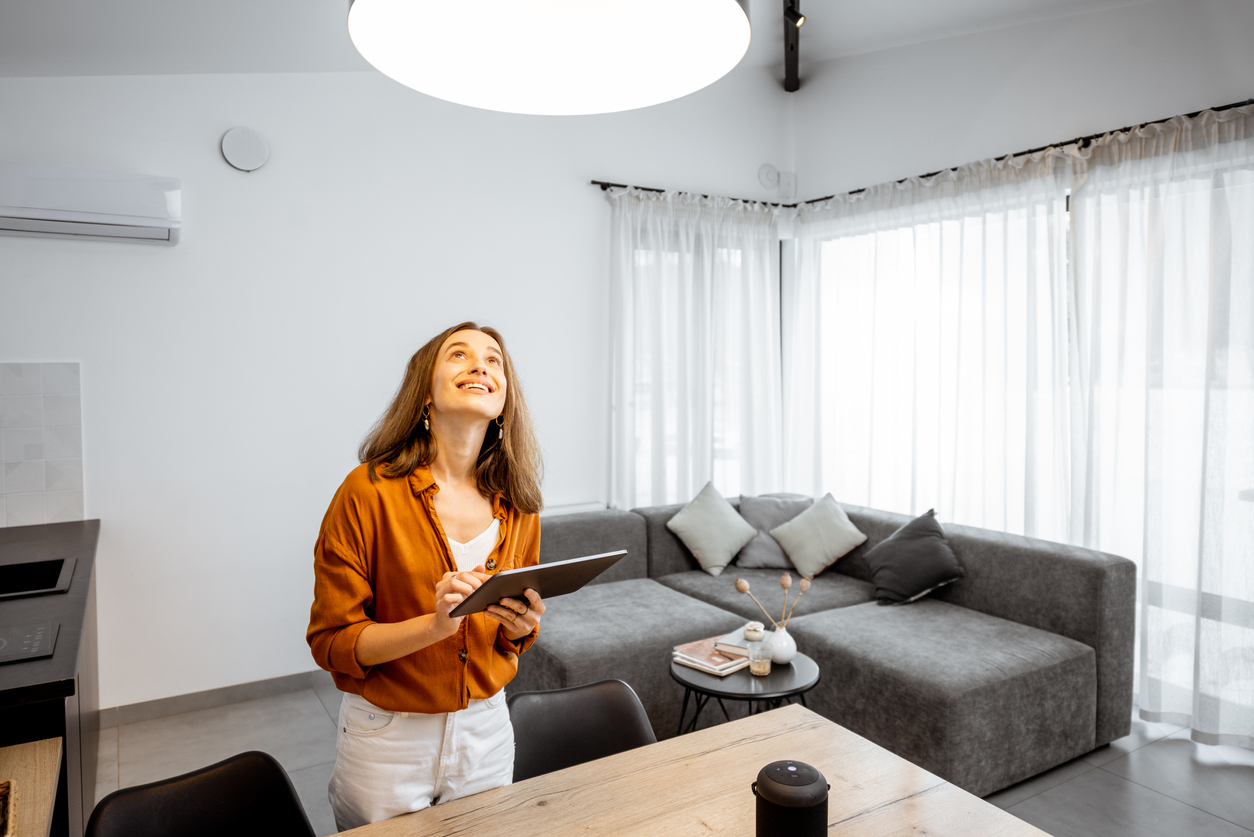Homeowners can track their actual energy usage. Knowing when, how, and where energy is being consumed can help identify what the largest energy use is, and homeowners can then act with that data in hand.
Some call this energy baselining, which is a home’s energy baseline for the current amount of energy that is being used. That baseline can then be adjusted, as needed, helping conserve energy in the home. But how exactly do we master and track energy efficiency? I scoured the resources at the U.S. Dept. of Energy, the U.S. EPA (Environmental Protection Agency), and ENERGY STAR to uncover some strategies for how to do exactly that.
Consider these 5 tips I compiled for how to master and track energy efficiency in your home:
Do a professional home-energy assessment. These are conducted by experts that have industry credentials and generally go into detail about your home’s energy use. These individuals will walk through your home room-by-room and assess how much is being consumed and where. Then they will make recommendations for how to improve energy use. Such suggestions might include whole-home air sealing, insulation, sealing and insulating ducts, or installing home ventilation, new appliances, or other efficient technologies to improve a home’s performance.
Or conduct a do-it-yourself home-energy assessment by looking for air leaks, seeking out backdrafts in ventilation, checking insulation levels, replacing lighting, and inspecting heating and cooling equipment. If you don’t have money for a professional home energy assessment, this would be another option to consider. By doing this yourself, you can prioritize your energy efficient upgrades.
Estimate the number of hours per day an appliance runs. Also, did you ever consider keeping a log for how long appliances are on such as your microwave, computer, or even your lights. If you know the wattage, then you can use online tools to calculate annual electricity consumption and costs. This will help you understand and even manage how much energy is being consumed so you can then master it.
Consider technology. Yep. Good ole tech solutions can lend a hand here. Rather than doing all these calculations yourself, consider a connected solution for your dwelling. There are a variety of smart-home technologies that can often provide the data needed to help you master and track energy efficiency. Some simply give you the data so you can actually then take action yourself. Other devices collect data and make realtime decisions that will help you conquer your energy routine—without needing to do anything at all!
Contact your utility provider. Sometimes your local utility provider can offer the necessary data about how much energy you are consuming in comparison to others around you. This can then help you map out what is being spent in energy and identify possible solutions.
While these are just a few simple ideas, there are many ways to manage and track energy efficiency inside your connected home. So, what are you doing to make your home more energy efficient? Are you ready to leap into action to master data efficiency and track your consumption? I would love for you to share what has worked and what hasn’t.
Want to tweet about this article? Use hashtags #IoT #sustainability #AI #5G #cloud #edge #futureofwork #digitaltransformation #green #ecosystem #environmental #circularworld #energyefficiency #smarthome


